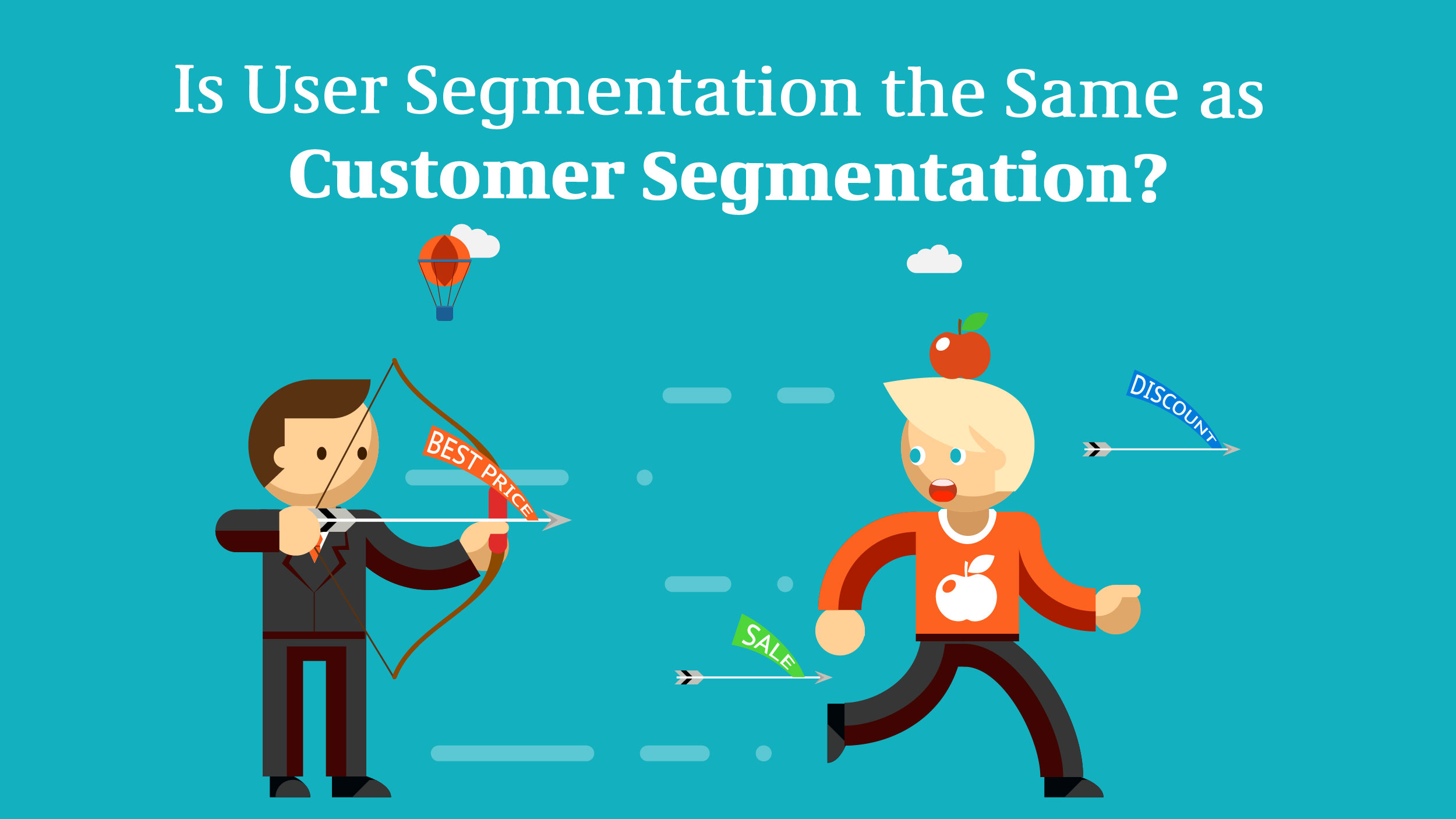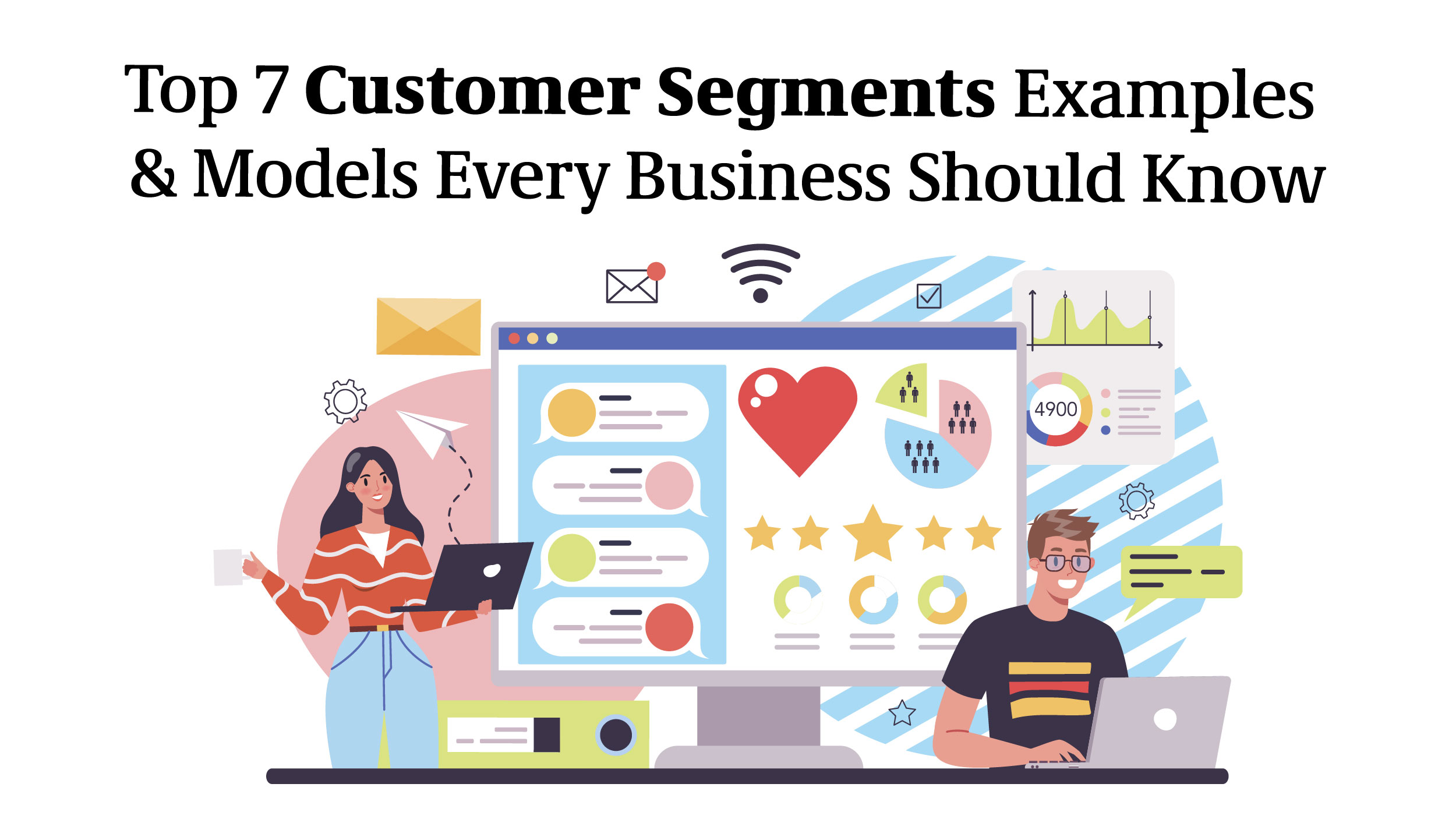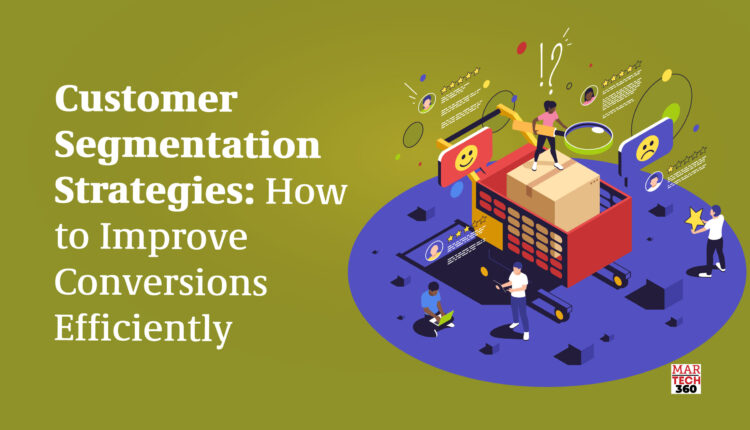Customer segmentation is a powerful marketing method for any business today. If big sharks like Coca-Cola and Pepsi can profit from it, then why not others, irrespective of the company size! Marketing is like Cinderella’s shoe, it doesn’t fit everyone. Instead, businesses have to categorize the ideal audience into compartments known as customer segmentation to benefit from them.
If done correctly, customer segmentation strategies help you understand your customers better, identify their needs, and grow your business. In this blog, you will learn about customer segmentation strategies and how you can implement them effectively.
What is Customer Segmentation?
Customer segmentation is the process of compartmentalizing and identifying clients based on factors like age, industry, gender, etc. You may quickly tailor your marketing, customer service, and sales activities to the demands of particular groups by using customer segmentation. This could eventually lead to improved client loyalty and conversion rates.
Don’t quite understand how it works? Well, let us break it down. Considering you are moving to another city, before checking online or contacting brokers, you’d likely start by messaging your friends’ group to see if anyone has any information, right?
This is exactly what customer segmentation is!
Every customer has unique traits, needs, pain points, and hopes for your services or business. The easiest way to connect with consumers is by making them a part of a group.
Additionally, the study conducted by McKinsey & Company discovered that 76% of customers find it annoying when communications are not individualized while 45% of those dissatisfied clients will choose to spend their money on other brands, according to the Twilio Segment State of Personalization 2021 Report.
Is User Segmentation the Same as Customer Segmentation?
 Users who interact with your product or service are referred to as “user segments”, including those who use the free trial but have not become paying consumers yet. Customer segmentation describes the businesses or people (buyers) who make the initial purchase decision.
Users who interact with your product or service are referred to as “user segments”, including those who use the free trial but have not become paying consumers yet. Customer segmentation describes the businesses or people (buyers) who make the initial purchase decision.
Customers and users are frequently interchangeable terms but they are not exactly the same.
While both ideas refer to dividing up a larger group of individuals with similar characteristics into smaller groups, customer segmentation is more frequently used in marketing and sales, whereas user segmentation is more commonly utilized in digital products.
What are Customer Segmentation Strategies?
Customer segmentation strategies are ideas or methods that businesses use to categorize their clients into different groups based on a variety of factors, including behavior, preferences, psychographics, location, and other factors.
Customer segmentation methods are intended to enable organizations to target particular client groups with tailored marketing and communication messages, products, and services that appeal to their unique requirements, preferences, and behaviors. The customer segmentation strategies are designed to increase sales and revenue for the company while also enhancing client retention, contentment, and loyalty.
Why Do You Need Segmentation Strategy?
You might be wondering why you need to segment customers when the product or service you are trying to sell is the same. While this is true, the pain points experienced by the customers can vary.
According to a study by Accenture, 91% of respondents favor brands that provide personalized services over those that do not. The best segmentation models for creating marketing customization tactics will be determined by clear objectives about your target audience.
Without a thorough grasp of how a company’s best existing customers are classified, a business frequently lacks the market focus necessary to allocate and spend its valuable human and capital resources efficiently.
Furthermore, a company’s capacity to effectively interact with its target segments may be hampered by scattered go-to-market and product development plans brought on by a lack of emphasis on its most profitable current customer segment. All of those elements taken together may ultimately hinder the expansion of a business.
Top 7 Customer Segments Examples & Models Every Business Should Know
 After deciding why and what you want to know about your customers (or users), you can choose which type of segmentation technique will be most beneficial for your business.
After deciding why and what you want to know about your customers (or users), you can choose which type of segmentation technique will be most beneficial for your business.
Given below are the top 7 customer segmentation models.
1. Demographic Segmentation:
Demographic segmentation separates larger audiences into smaller sub-groups based on demographic factors like age, gender, income, education, marital status, occupation, and more. Demographic segmentation is conducted to better comprehend the demands and preferences of the target market in order to develop marketing campaigns that appeal to them.
2. Psychographic Segmentation:
According to psychological factors including personality traits, values, interests, attitudes, and lifestyles, the market is divided into smaller sub-groups using the marketing approach known as psychographic segmentation. Consumer motives and underlying behaviors are the subjects of psychographic segmentation, which is utilized to develop more specialized marketing efforts that directly address the psychology of the target audience.
3. Behavioral Segmentation:
A consumer segmentation model based on customer actions and behaviors is known as behavioral segmentation. It classifies customers into groups based on their past purchases, interactions with the business, and recurring patterns of behavior. Businesses can create products and marketing plans that target the distinct needs and purchasing patterns of each consumer group thanks to this form of segmentation. For instance, a business that sells pet food might target customers depending on the breed, age, and dietary requirements of the pets.
4. Geographic Segmentation:
Based on their geographic location, such as their nation, region, or city, geographic segmentation differentiates clients. When a company wants to reach customers from various cultural or geographic regions, segmentation like this is helpful. For instance, depending on regional preferences, a fast-food restaurant can provide various menu items or promotional offers.
5. Firmographic Segmentation:
Firmographic segmentation helps target corporations rather than specific customers. It involves categorizing firms according to factors including industry size, geography, and revenue. B2B organizations that need to create customized marketing campaigns for particular industries can benefit from this form of segmentation.
6. Customer Journey Segmentation:
Customer journey segmentation divides clients into groups according to where they are in the purchasing process. Businesses can create personalized marketing efforts that are suited to customers at various points in the sales funnel with such segmentation. For instance, a business might use product comparison guides and reviews to target clients who are in the consideration stage.
7. Customer Lifetime Value Segmentation:
A customer segmentation model known as Customer Lifetime Value (CLV) segmentation separates customers into groups according to how valuable they may be to the company over the long run. CLV is a metric used to determine how much a client is expected to spend with a company throughout the course of the relationship, taking into consideration things like past purchasing patterns and projected purchases.
Software & Tools For Customer Segmentation You Might Want To Use
To facilitate teamwork and streamline operations, use customer segmentation software and solutions with extra capabilities. Analytics, modeling, and segmentation solutions cost $3.2 billion in 2020. This number is a clear-cut example of why using customer segmentation strategies will help you improve your business. You can use customer segmentation software such as Amplitude, HubSpot, Intercom, LeadLander, Mailchimp, Optimove, and Segment to enhance your sales, marketing, and, ultimately, customer satisfaction.


Comments are closed.